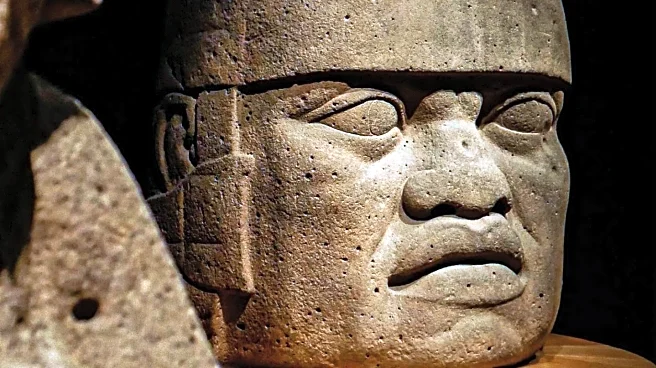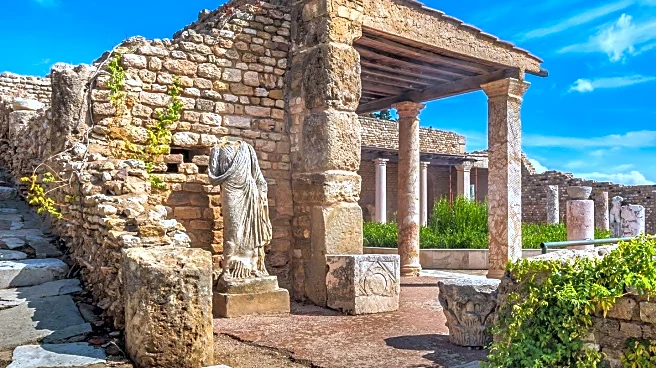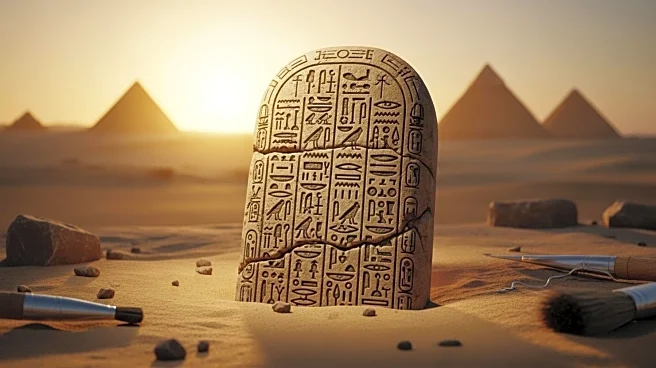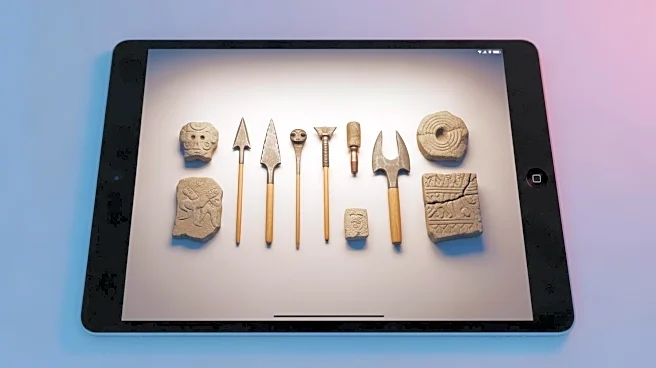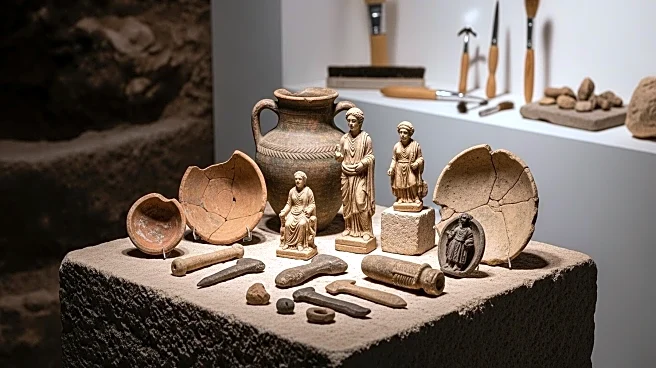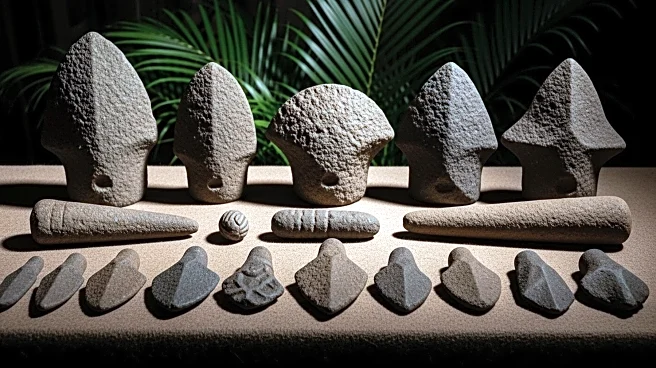What is the story about?
What's Happening?
A recent study has re-examined a 350-year-old mummified head from Bolivia, revealing it to be from an individual of a different culture than previously thought. Initially believed to be Inca, the head is now identified as belonging to the Aymara, an Indigenous group from the Bolivian Highlands. The head exhibits cranial deformation, a common practice in pre-Colombian South America, and an incomplete trepanation, suggesting possible ritualistic or social purposes. The head was donated to a Swiss museum in 1914 by a collector who acquired it in the 1870s. The study aims to restore the individual's historical context and identity.
Why It's Important?
This discovery challenges previous assumptions about the cultural origins of the mummified head and highlights the importance of accurate historical and cultural representation in museum collections. The study underscores the need for non-invasive research methods that respect the cultural heritage and potential wishes of the individuals represented by such artifacts. It also raises ethical considerations regarding the repatriation of cultural artifacts to their communities of origin. The findings contribute to a broader understanding of pre-Colombian practices and the diversity of Indigenous cultures in South America.
Beyond the Headlines
The study's approach to using non-destructive analysis methods reflects a growing trend in archaeology and anthropology to prioritize ethical considerations in research. This case also highlights the ongoing dialogue about the ownership and display of cultural artifacts in museums, particularly those acquired during colonial periods. The potential for repatriation of such artifacts remains a significant issue in the field, with implications for cultural preservation and international relations.
AI Generated Content
Do you find this article useful?
